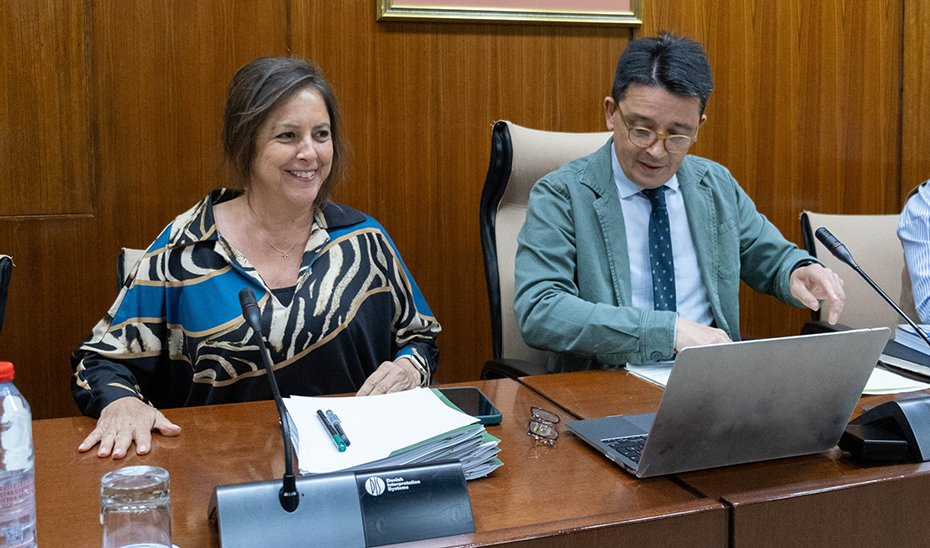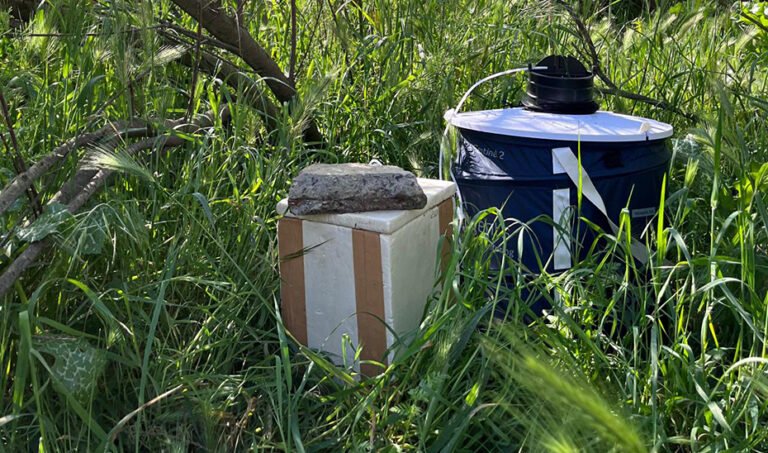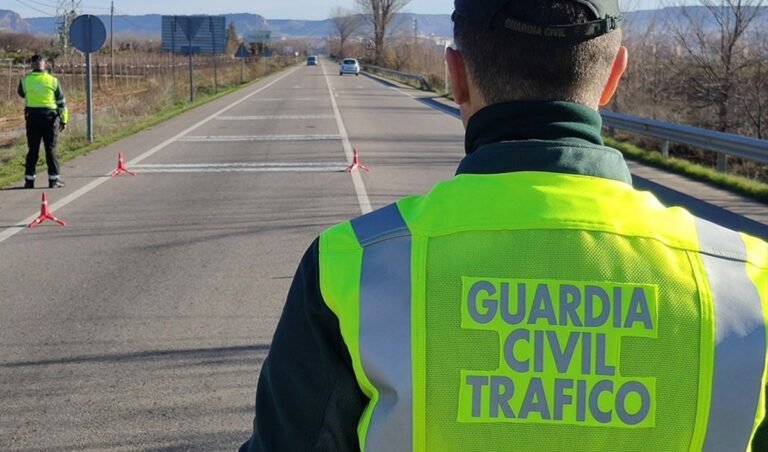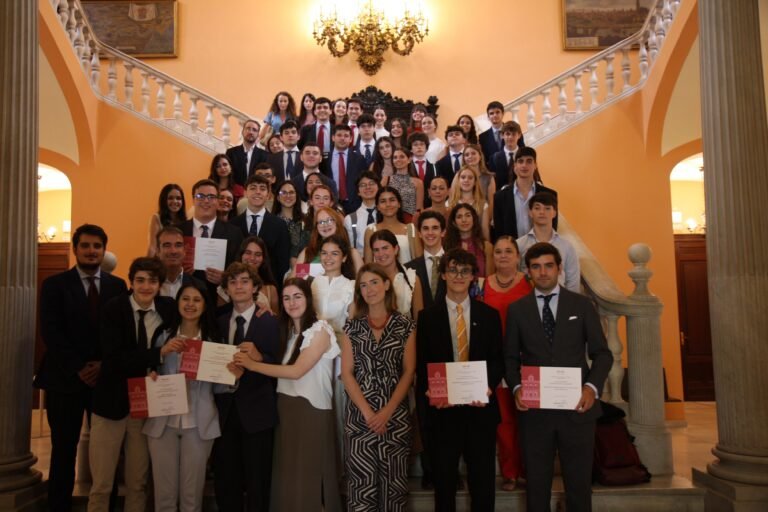
The Minister of Sustainability and Environment of the Andalusian Government, Catalina García, has stated that the Air Quality Monitoring and Control Network of Andalusia «is the most extensive in Spain», as the region has 94 fixed stations distributed throughout the territory, ensuring «constant and real-time monitoring of air quality». This is achieved «with the support of two key institutions,» García continued, namely the Andalusian Air Quality Reference Laboratory (LARCA) and the Environmental Quality Data Center (CDCA).
During a parliamentary appearance to report on the actions of the Ministry of Sustainability in air quality control, García explained that Andalusia faces a challenge in this area due to the region’s particular climatic conditions, such as high insolation, lack of rain, atmospheric stability, and proximity to the African continent. «These conditions exacerbate the situation compared to other European regions, and our health and well-being depend on the actions we take to ensure clean and healthy air,» García stated.
She also recalled that the Andalusian Government approved the Andalusian Air Quality Strategy (EACA) in September 2020, with the aim of improving air quality and, consequently, the quality of life of the Andalusian population. Through this strategy, «specific improvement plans are developed in certain areas where action is needed to approach the values recommended by the World Health Organization, mainly through the Air Quality Index,» the minister explained.
Thanks to all these data, control, and surveillance centers, «Andalusia has consolidated a cutting-edge structure for environmental monitoring» that «efficiently addresses the challenges posed by air quality and its impact on public health and the environment,» García emphasized. She highlighted the €4 million investment that the Junta has made since 2019 to improve all these systems. Additionally, she pointed out that a larger investment is planned, specifically €11 million until 2027, to continue making improvements in all these systems.
She also praised the LARCA, a reference laboratory since 2013, for «consolidating its position as one of the two reference centers for air quality at the national level.» «It plays a crucial role in ensuring data forecasting and coordinating interlaboratory comparison exercises, allowing Andalusia to lead in technology and methodology applied to air quality,» she explained. She also mentioned that this center recently organized a national intercomparison exercise «that has established Andalusia as a technical benchmark in the field.»
Regarding the Environmental Quality Data Center, she specified that it «monitors continuously, 24 hours a day, 365 days a year, all the information collected by the Monitoring Network,» stating that «this control system is a reference at the European level.»
Reaction Capacity
Thanks to these infrastructures, the minister assured that Andalusia has improved its reaction capacity to pollution episodes and effective strategic plans have been designed to improve air quality. She added that «the commitment to precise and continuous monitoring of air quality and the necessary systems to make data available to the population enable providing rigorous information to citizens and establishing effective measures for health and environmental protection.»
She also highlighted the work of the AMAYA technicians and the Ministry of Sustainability and Environment, stating that they «have played a key role in implementing specific measurement campaigns and improving protocols for environmental quality actions.»
In the effort to improve air quality in Andalusia, the minister explained that «a series of plans and strategies have been established to protect public health and comply with European and national environmental regulations.» Therefore, in areas with values exceeding the established limits, Air Quality Improvement Plans have been developed.
With these plans, «in addition to reducing pollution levels, the main emission sources responsible for exceeding these limits are identified, specific actions are established, and the necessary measures are implemented for each of the affected areas, as well as relevant preventive measures,» the minister explained.
She announced that there are currently 11 air quality improvement plans in progress in the Bay of Cádiz, Málaga and Costa del Sol, Granada and Metropolitan Area, nuclei of 50,000 to 250,000 inhabitants, Seville and Metropolitan Area, Villanueva del Arzobispo and its surroundings, Industrial Zone of Bailén, Industrial Zone of the Bay of Algeciras, Industrial Zone of Carboneras, Industrial Zone of Huelva, and new rural areas. The plan for Córdoba, on the other hand, although drafted by the Ministry, must be approved by the municipality as it is a single-municipality area.
Finally, before concluding her appearance, Catalina García emphasized the importance of responsibly using resources and stated that «clean air is not a luxury, but a necessity.» She stressed that in Andalusia, «it is being demonstrated that progress can be made with determination and commitment» and that the region is a leader in «environmental research, applied technology, and sustainable management.»





